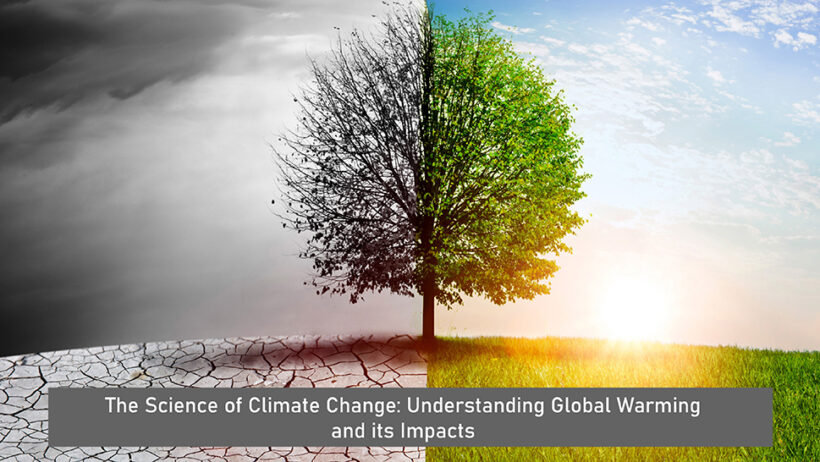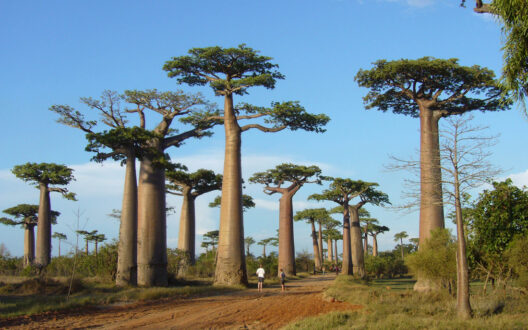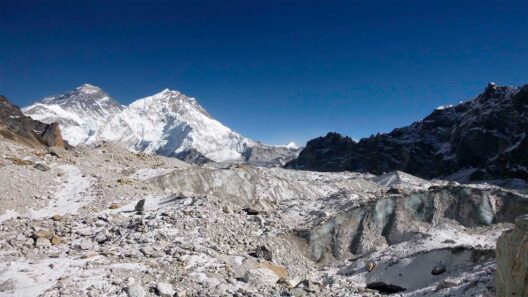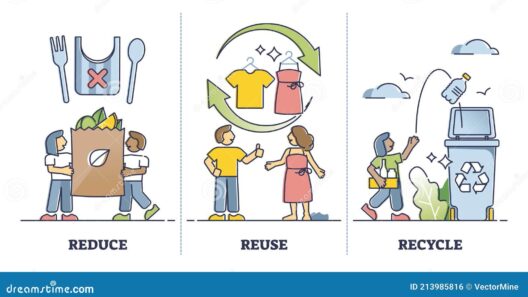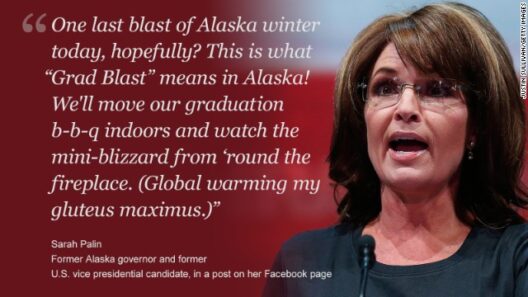Climate change is often framed as a global crisis, but the repercussions of this monumental phenomenon are felt unevenly across the globe. Two nations that exemplify these disparities are Nepal and the United States. While both face the challenges of global warming, the impacts are markedly different due to various socioeconomic, geographic, and environmental factors. This examination aims to elucidate these differences, ultimately posing the question: How can nations like Nepal confront the existential threats posed by climate change in stark contrast to a nation like the USA, which often appears insulated?
Nepal, a landlocked country nestled in the Himalayas, is exceptionally vulnerable to the effects of climate change. The nation’s topography, characterized by towering mountains and deep valleys, renders it susceptible to glacial melt, landslides, and erratic weather patterns. These climatic anomalies jeopardize not only the rich biodiversity but also the livelihoods of millions who depend on agriculture and natural resources. Conversely, in the United States, a highly industrialized nation with advanced infrastructure, climate change manifests differently. While coastal cities may grapple with rising sea levels and heatwaves, the USA possesses the financial and technological means to implement adaptive measures that Nepal can only dream of.
One notable difference is the capacity for resource allocation. In the USA, there’s a relatively robust infrastructure for disaster response and climate adaptation. Flood control measures, advanced meteorological systems, and extensive scientific research networks can mitigate some impacts of climate change. However, this advantage also brings with it a challenge: will the affluent citizens of the USA use their resources not just for self-preservation but to assist vulnerable nations like Nepal? Is it not our collective responsibility to lend a helping hand?
Another area of disparity lies in agricultural resilience. The USA boasts a highly mechanized agricultural sector with substantial investments in technology, genetically modified crops, and irrigation systems, making it better suited to withstand the adverse effects of changing climatic conditions. In stark contrast, Nepal remains predominantly agrarian, with smallholder farmers relying on traditional methods. Their crops are inherently more vulnerable to climatic fluctuations, such as the increase in unpredictable monsoons or prolonged droughts. This raises an important query: How will countries with advanced agricultural technologies and policies engage with those that lack such resources to ensure food security globally?
The socioeconomic fabric of Nepal is also woven with threads of vulnerability. High levels of poverty exacerbate the impacts of climate change, impairing communities’ capacities to recover from environmental shocks. In addition, many rural areas lack access to education and resources that could empower communities to adapt. In the USA, social safety nets and educational resources offer some buffer against climate impacts. But is this buffer sufficient? Shouldn’t there be a robust international framework aimed at redistributing knowledge and resources across borders?
An essential aspect of these disparities is cultural understanding and the willingness to act. Nepal, rich in cultural diversity and traditions, adheres to a unique relationship with nature, often intertwining spiritual beliefs with environmental conservation. On the flipside, the USA harbors a culture that, while often driven by innovation and progress, can at times neglect the intrinsic value of nature. As global citizens, how do we cultivate a mutual respect for diverse ecological philosophies while forging partnerships that transcends borders?
Moreover, the political landscapes of Nepal and the USA differ dramatically, influencing their approaches to climate change. While Nepal may grapple with political instability and limited decision-making efficacy, which can hinder climate action, the USA, although politically polarized, engages in international discourse with relative ease. This raises profound concerns. Will the USA, as a major emitter of carbon, lead or obstruct the global movement towards sustainability? Can it commit to principles of climate justice that embrace the plights of the less fortunate?
Mitigation strategies also diverge significantly. The USA is invested in a variety of approaches, including renewable energy development and carbon capture technologies, often driven by both governmental initiatives and private enterprise innovations. In Nepal, the pursuit of renewable energy—particularly hydropower, solar, and wind—is emerging. However, the realization of these projects often encounters economic roadblocks and bureaucratic barriers. Will these discrepancies motivate a united international front, compelling affluent nations to assist emerging economies in their journey towards sustainability?
Perhaps one of the most critical topics to address is the psychological impact of climate change. The anxiety associated with gradual yet inexorable changes can manifest differently in Nepal and the USA. In Nepal, uncertainty over crop yields directly correlates to food security and survival. In the USA, climate anxiety might be expressed through advocacy, protests, and political mobilization. Could these emotional responses become a catalyst for dialogue and policy change between nations, bridging gaps fostered by disparities?
In conclusion, the juxtaposition of Nepal and the USA in the context of global warming serves to highlight the multifaceted nature of climate change impacts. The disparities illustrate not just differences in vulnerability and capacity to adapt but also pose fundamental questions about global responsibility and ethics. How can nations craft a collaborative narrative that honors differing experiences while working toward a shared goal of climate resilience? This inquiry continues to beckon for thoughtful engagement, urging both nations to transcend boundaries in the face of an environmental crisis that knows no borders.



